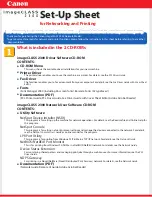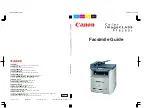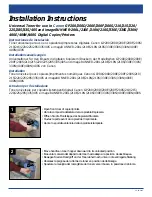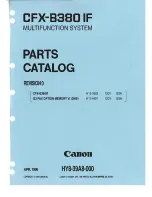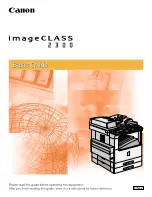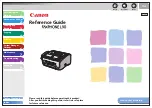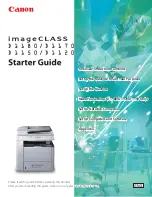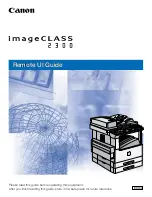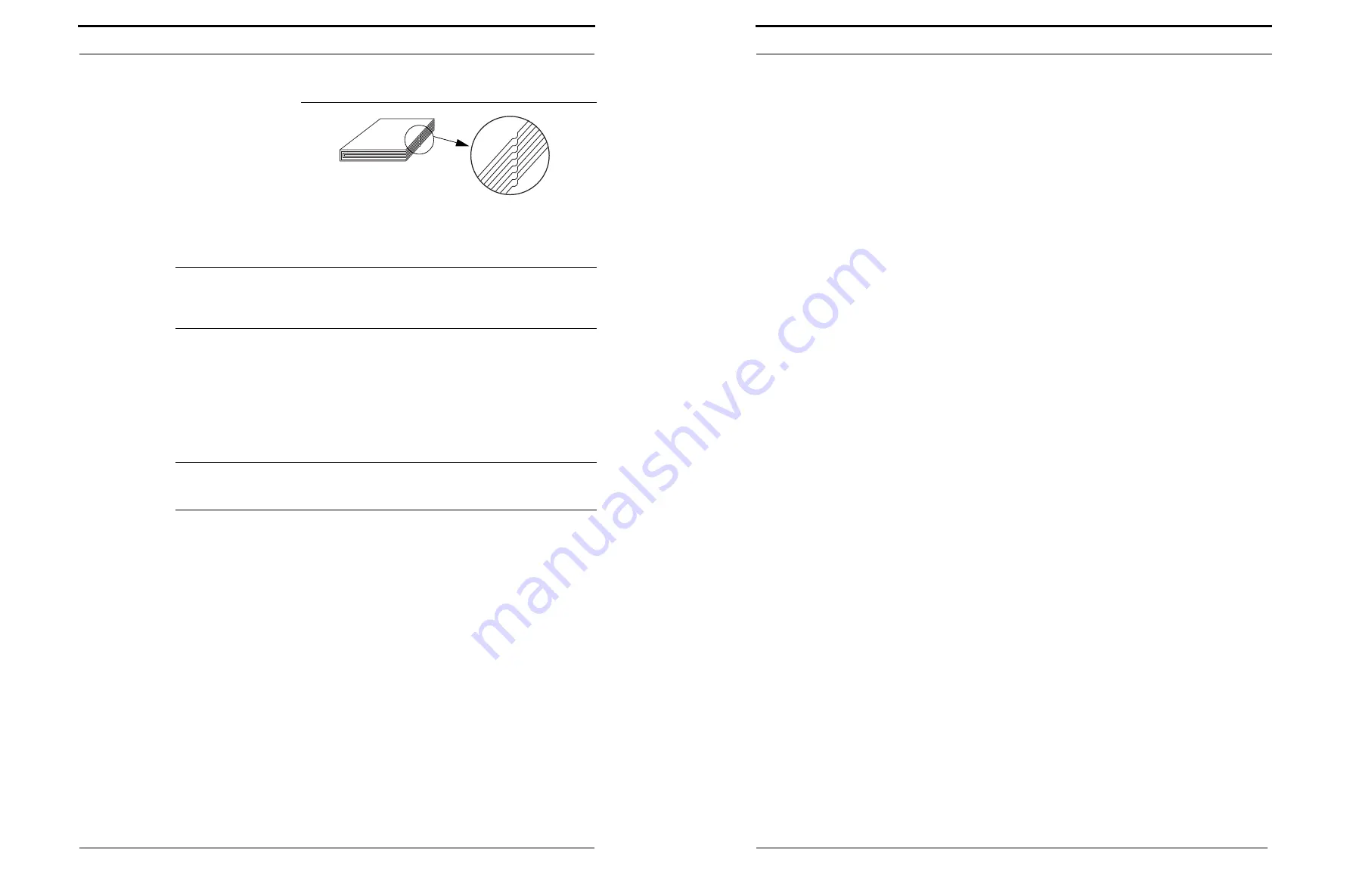
Quality Tolerances
42
Plockmatic PowerSquare™ 224 - Service Training Workbook
Trim blade marking
The trim process uses a double-edge blade to cut thick
books. This can leave a small mark in the centre of the
trimmed edge. The visibility of this mark will depend on
the paper quality and characteristics.
Stitch form
Legs should lie flat so they cannot cause injury
Legs should not re-penetrate the spine
If this is not the case, correct job settings or make
service correction.
Spine forming
The quality of the SquareBack spine is subjective and is
operator adjustable. Its purpose is to produce a book
with a superior appearance to a non-formed spine. The
appearance of the spine will vary according to material
and machine set-up.
Spine forming should not cut the paper nor cause
excessive wrinkling. A witness from clamp, spine
forming and fold blade is visible. It should not encroach
into the book beyond the clamp line.
Production may vary according to operating conditions. In line with a policy of
continual product improvement, the manufacturer reserves the right to alter the
materials or specification of this product at any time without notice.
Description of Operation
Plockmatic PowerSquare™ 224 - Service Training Workbook
7
3.
Description of Operation
After the PSQ is turned on, the operator configures the paper size and direction,
the set-thickness and the number of stitches. The PSQ is controlled by the
printer and by a system of internal sensors.
The PSQ includes these modules
• PSQK - Complete M/C
• PBCK - Bridge Covers
• PRTP - Base Machine
• PBR5 - Rotator
• PBRG - Gathering Area
• PRSH - Shuttle
• PSTI - Stitcher
• PRFD - Folder
• PFRM - Spine Former
• PSTP - Trim Stop
• PTRM - Trimmer
• POFD - Outfeed
• PSTK - Stacker
• PBS - PowerSquare Book Stacker (optional)
• P2T - PowerSquare 2-Knife Trimmer (optional)
Part-number information for these modules is found in the related Illustrated
Parts Catalogues
(see Section 1.3)
.
3.1
Paper Enters the System via the Connecting Bridge
For additional information, see Section 1.7 in the PSQ Service Manual.
When the print job starts, the printer sends a start signal to the PSQ. Paper
leaves the printer and enters the connecting bridge infeed. The paper is moved
through the connecting bridge by belts into the gathering area. When the page
is in portrait format, the paper can be rotated through 90° by the rotator in the
connecting bridge if necessary.
A3 (17 x 11") and A4 (11 x 8½") Landscape jobs move straight through the
bridge without rotation. The turning ball and sidelay are not in the paper path.
The bridge drive belt is parallel to the sidelay.
A4 (8½ x 11") Portrait jobs are rotated around the turning ball. The paper is
driven against the sidelay by the angled, bridge drive-belt. The sidelay makes
sure the paper aligns to the centre reference line of the bridge.
The bridge drive belts are driven by a brushless 3-phase electric motor via a
dedicated controller box in the connecting bridge.
The rotate axis in the connecting bridge is adjusted by a 24V DC electric motor.




























